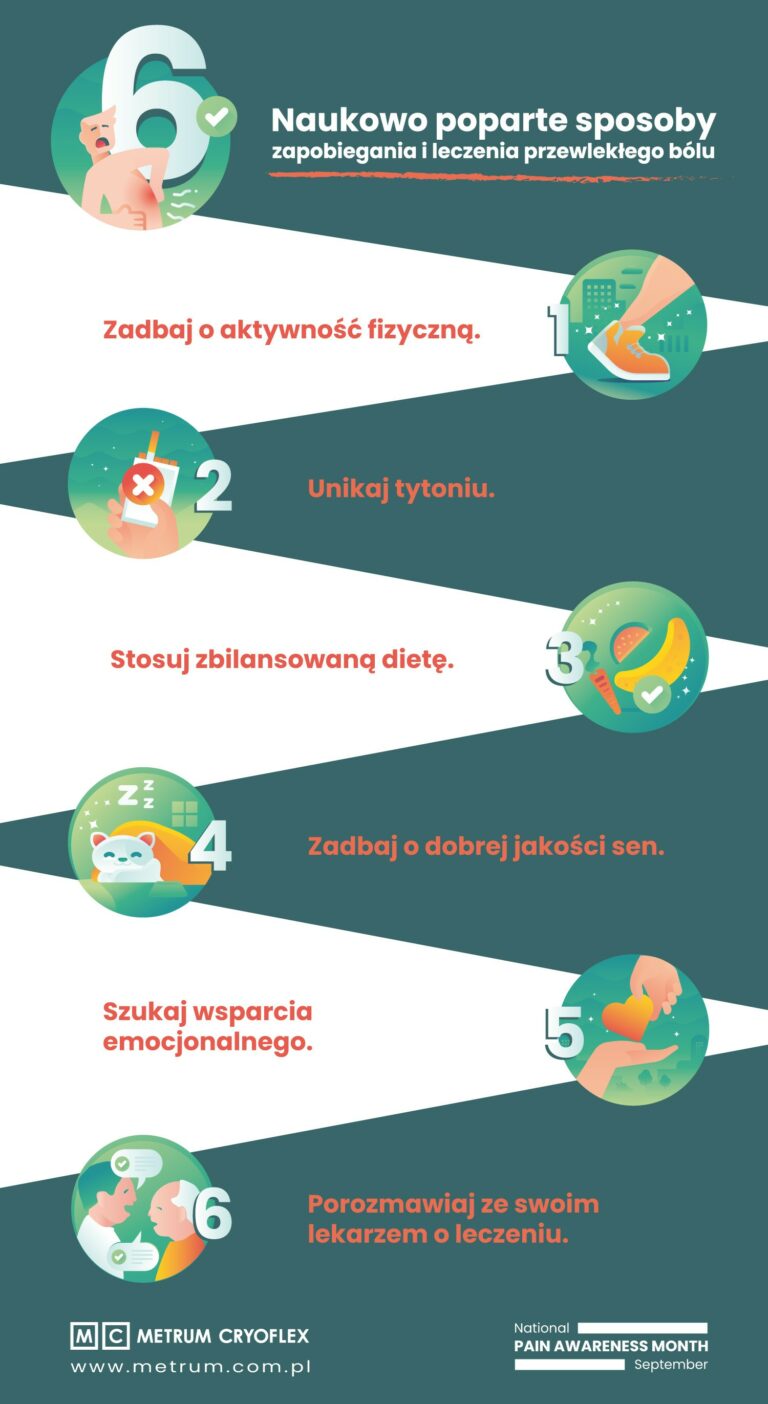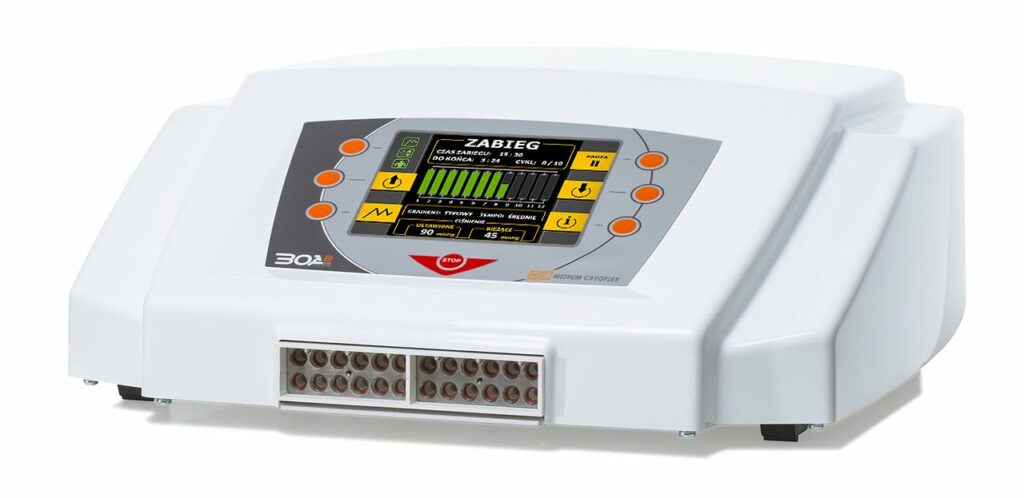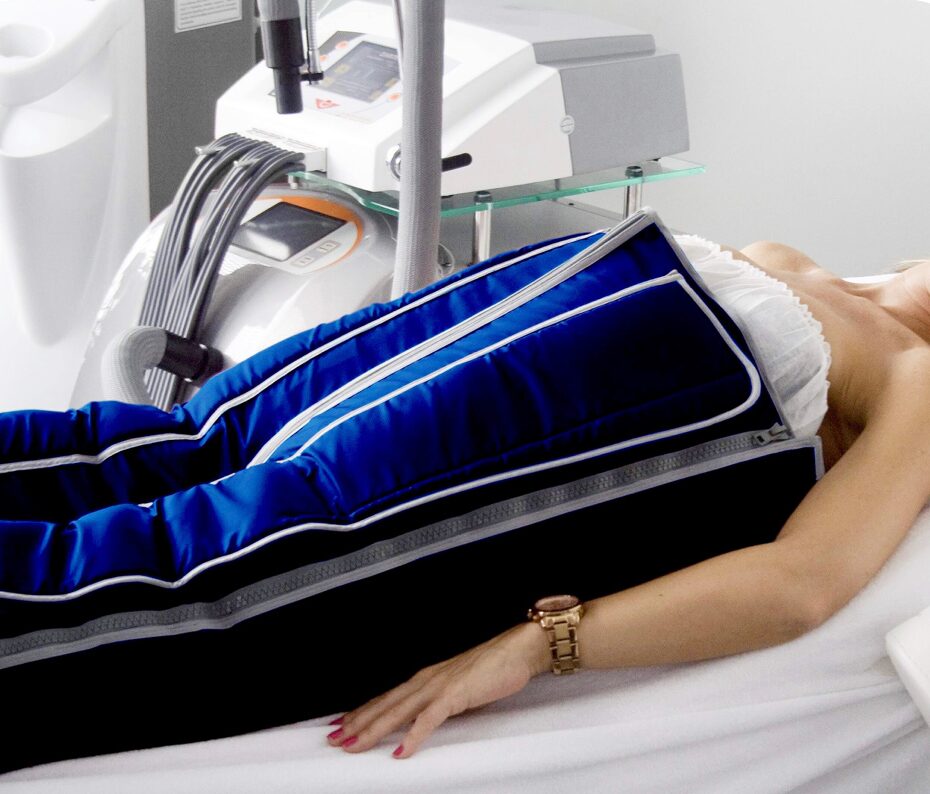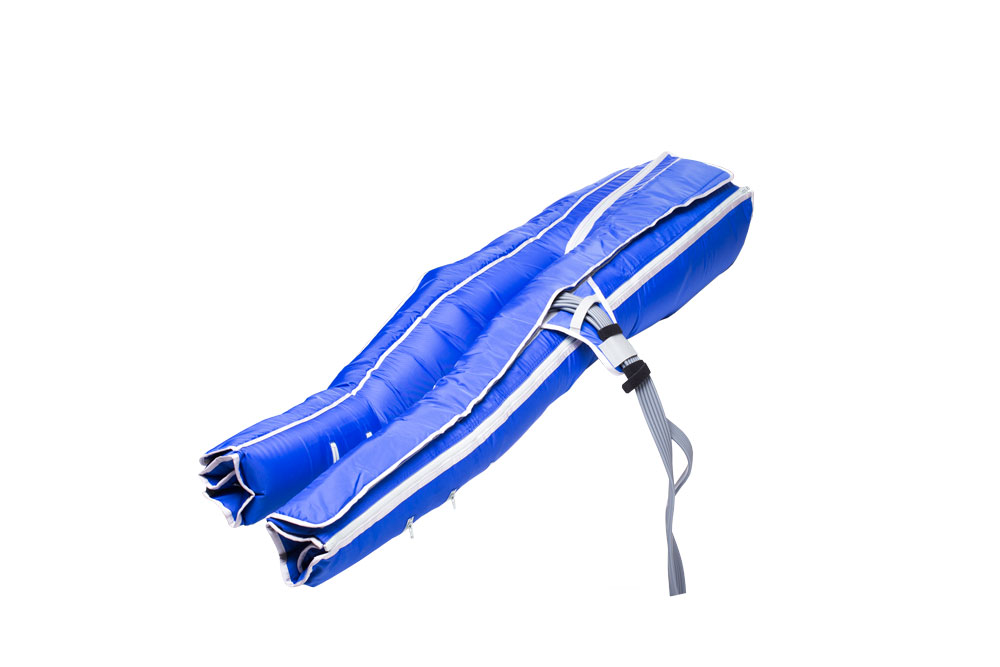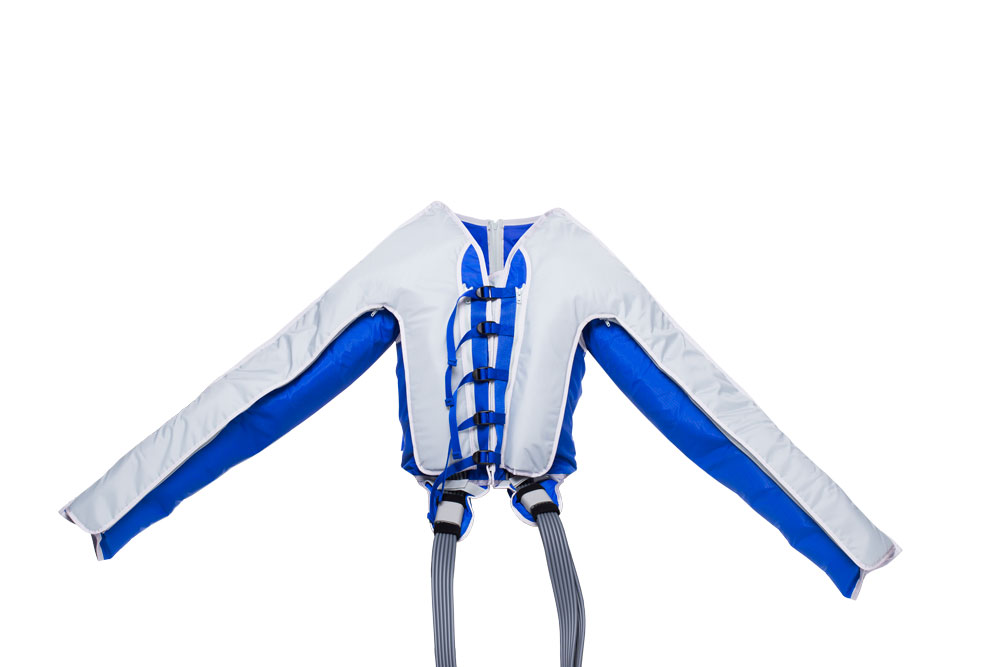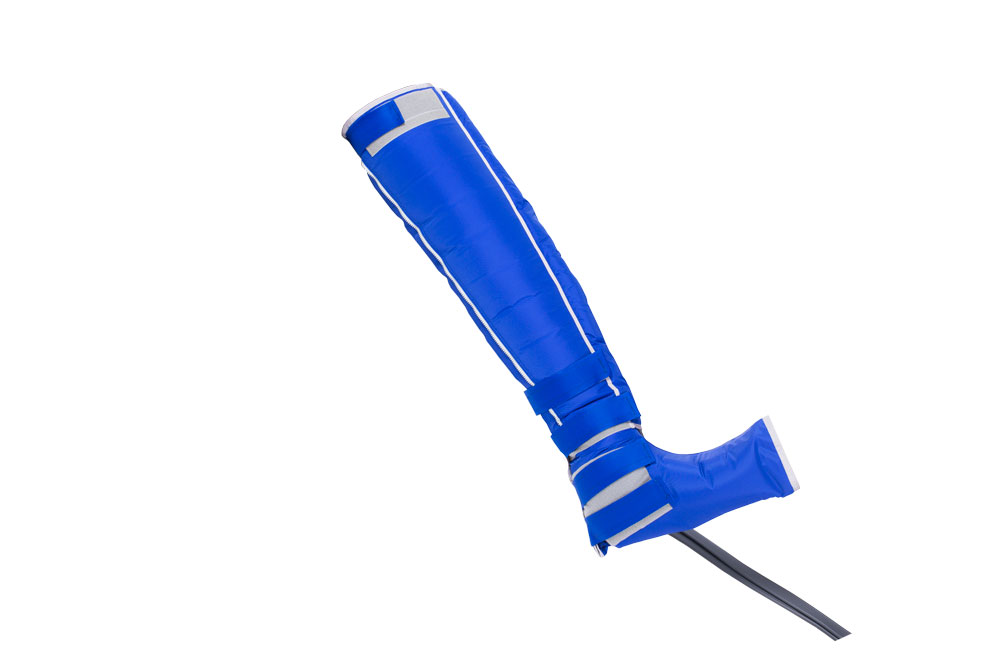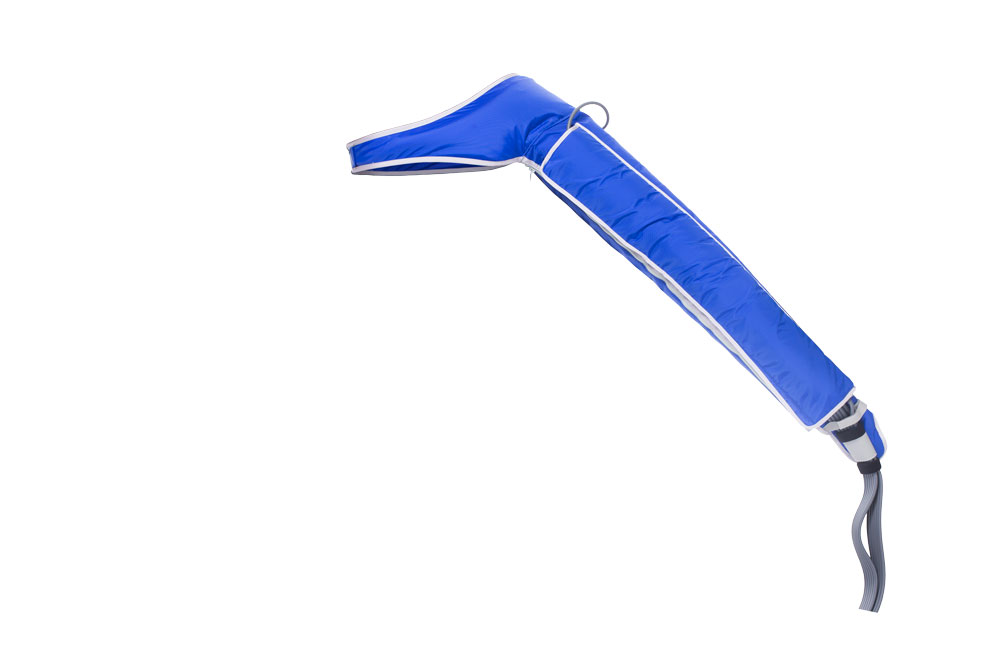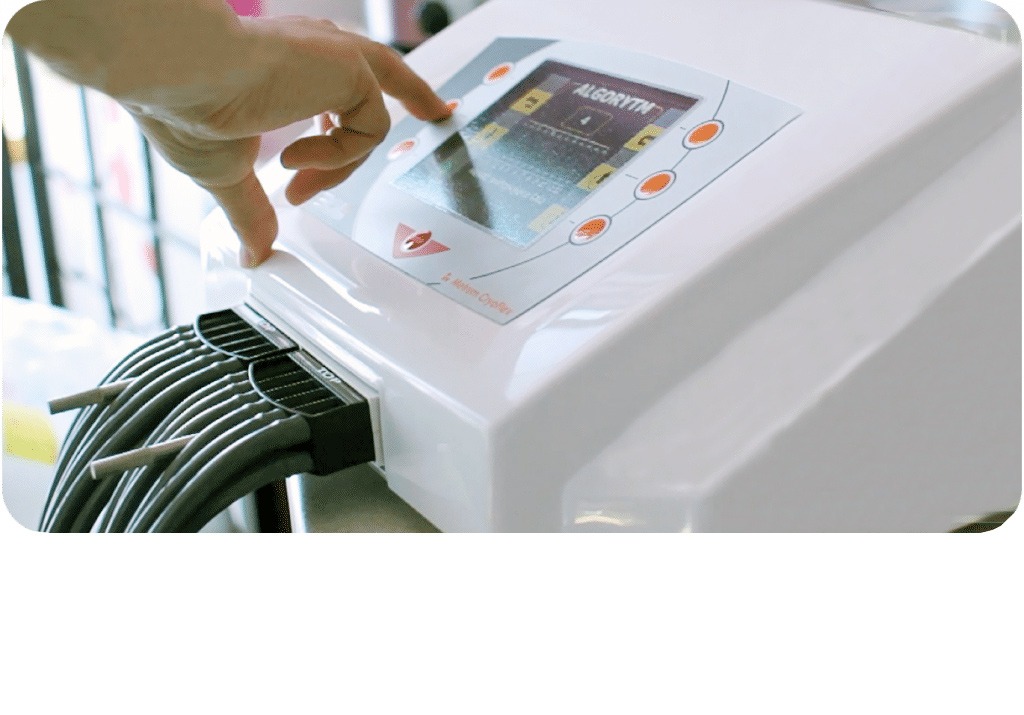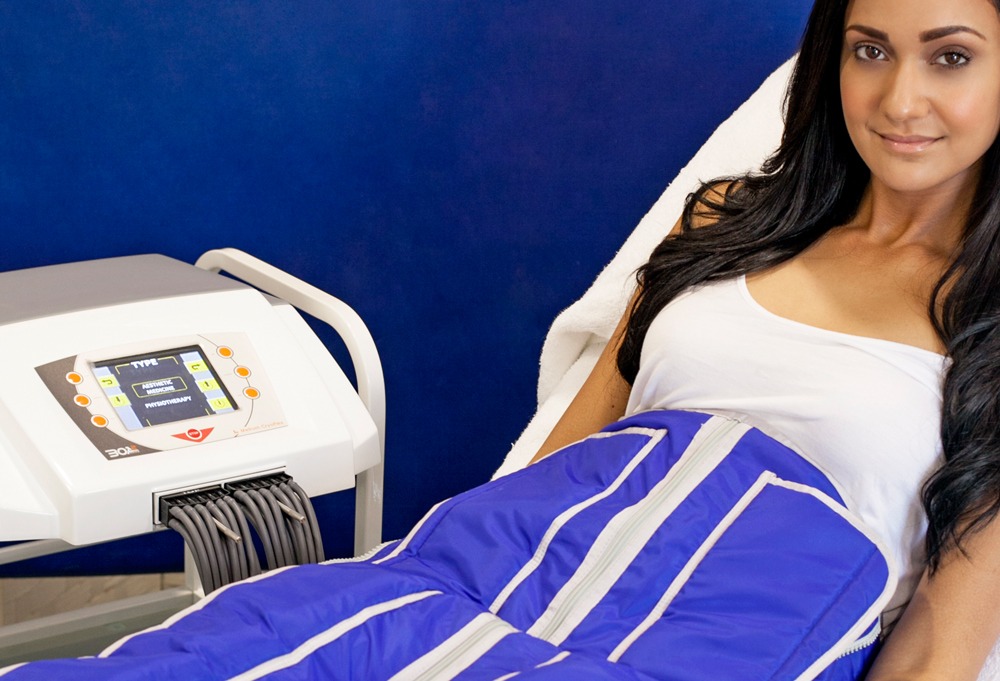Efficient lymphatic system as the basis for an efficient immune system
Taking care of immunity during the pandemic
The ability to freely take care of our physical condition and the good condition of our muscles and to reduce stress thanks to moderate physical exercise has been ruined for many people. Staying at home is and will be our new everyday life for a long time. Of course, another bike or treadmill put in the house, Internet programs and exercises in front of the monitor have also become a trend. They are very effective and recommended by experts in medicine and physical culture. But what should those people do who don't feel like doing a home "cardio workout" on a treadmill or have too little space in front of the TV to perform the acrobatic figures proposed by the trainers?
Why is it so important to maintain good physical condition during the epidemic?
The starting point is the fact that the poorly known lymphatic system in today's new everyday life can be an important point in the prevention of infections. A person with a well-functioning immune system, if infected, has a greater chance of surviving the effects of the virus mildly than a person with lower immunity. Of course, many factors such as lifestyle, diet, medications, and comorbidities have an impact on our immunity. However, underestimated lymphatic system quietly fights for our immunity 24 hours a day. It is worth strengthening, stimulating and taking care of it, especially when we are at home more often, which reduces our physical fitness.
What is the lymphatic system?
It cooperates with the circulatory system and participates in the transport of lymph. Lymph is a watery interstitial fluid that transports proteins, electrolytes and lymphocytes. Lymphocytes control attacks on microorganisms and pathogens that are dangerous to health and life.
Lymph is transported throughout the body in normal human functioning conditions by skeletal muscle contractions. Limited movement resulting from the current fight against the virus and a sedentary lifestyle at home are risk factors that affect its insufficient circulation. This in turn affects the risk of lowering the human immunity. Lymphocytes are dormant, lazy and can ignore or not respond quickly enough to pathogens appearing in the body, including viruses. A reduced immune response allows them to multiply and spread.
An inefficient lymphatic system and lack of stimulation can cause swelling. Swelling, in turn, causes further water retention in the body (cellulite is formed). Swelling in muscle tissue causes excessive muscle tension, tenderness and pain. This is caused by excessive adhesion of the fascia to the muscle.
How does the lymphatic system work?
The smallest structures of the lymphatic system are capillaries. Their role is to collect tissue fluid from the intertissue space. Tissue fluid (lymph) containing e.g. water, proteins, large amounts of lymphocytes (immune cells) enters the circulatory system in order to exchange substances between it and the blood. Recognized harmful substances are collected and exchanged between the blood and lymph and carried to the lymph nodes in the lymphatic system, from where they are transported further to neutralize them. This process occurs on the basis of the difference in pressure between blood capillaries, where there is high pressure, and venous vessels with lower pressure. This one-way movement of the fluid is controlled by valves.
The place where the lymphatic system meets the circulatory system is the so-called thoracic duct, whose role is to collect lymph from the upper left part of the body and the entire lower part, transporting it further to the left subclavian vein, and the right lymphatic duct collecting lymph from the upper right part of the body.
What the lymphatic system likes and dislikes.
Proper lymph and blood circulation takes place through the work of the cardiovascular and lymphatic systems and is supported by the contraction of skeletal muscles. Physical activity, exercise of moderate but regular intensity keeps blood and lymph circulation at an optimal level. All immune processes related to circulation and lymph exchange are preserved and our body is efficient and ready to fight, for example, infections.
A sedentary lifestyle, reluctance to exercise or limited possibilities of active exercise due to restrictions on gathering and movement caused by the epidemic do not activate our immune system. The most immediately observable effect of the lack of proper circulation is swelling of the lower limbs (foot, calf) and upper limbs (fingers, hand, arms), a feeling of heavy legs caused by stagnation and the appearance of cellulite. Accumulating fluid causes skin deformation not only on the lower limbs, but also on the abdomen, buttocks, arms. The skin becomes bulging, wrinkled and of different colors. The effect of such a condition is the appearance of watery cellulite for the skin and varicose veins or even chronic venous insufficiency for the circulatory system.The problems do not only affect the elderly, overweight or obese. It is equally likely that these problems occur in young and slim people who do not take sufficient care of the proper condition of their muscles and are immobilized. Additional contributing factors are stress, excess alcohol, smoking, and the use of contraceptives.
Lymphatic drainage as a prophylaxis of lymph stagnation during an epidemic.
Lymphatic drainage is a technique that supports and activates lymph drainage. Since it is not an ordinary massage technique, it must be performed manually by a qualified physiotherapist in a health center or professional aesthetic medicine and cosmetology studios. Physiotherapists have a difficult ability to perform these procedures in their practices. Rehabilitation at home is limited or even impossible. However, lymphatic drainage can be performed at home with the use of "artificial intelligence" integrated into the BOA 2 MAX medical device for lymphatic drainage and sequential pressure massage (pressotherapy). It does not require the presence of a physiotherapist and there is no need to leave home. In addition to stimulating the lymphatic system, it was created to support muscle function, "muscle gymnastics" and provide them with oxygen, absorb metabolic substances, reduce body fat, eliminate swelling, reduce cellulite, reduce stress, improving sleep quality.
History of the BOA device
In the 1990s, Metrum Cryoflex designed the world's first sequential lymphatic drainage device for people with an inefficient lymphatic system, including patients after oncological surgeries, which supports or replaces manual lymphatic drainage at home. Several thousand of Polish BOA series devices are used in physiotherapy clinics, sanatoriums, aesthetic medicine and cosmetology clinics in Poland, Germany, Switzerland, the UK, Scandinavia, and the USA. The "Amazons" who require daily lymphatic drainage use our devices at home, reducing the need to visit physiotherapists.
The BOA series devices are Polish products, completely constructed by a medical company and certified in accordance with the European Union Medical Directive. The Metrum Cryoflex R&D team was focused on the quality and safety of the treatment while constructing the BOA series together with medical specialists. Treatment algorithms, control of valve operation and air flow through the chambers, as well as the pressure difference in individual chambers are consistent with the anatomical structure and physiological function of the vascular-cardiac and lymphatic systems. No other device have such technologically advanced solutions used to maintain the highest level of safety of the procedure and high effectiveness. The treatment algorithms are based on the lymphatic drainage technique developed by Dr. Emil Vodder. Only technologically advanced BOA series devices have a chance to perform automatic lymphatic drainage using the Vodder technique without the need to invite a masseur to your home or go to the rehabilitation office.

